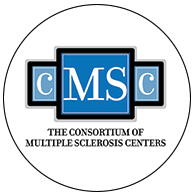Two case reports from the Sheltering Arms Physical Rehabilitation Centers presented at the Consortium of Multiple Sclerosis Centers (CMSC) 2016 Annual Meeting demonstrated how a multiple sclerosis (MS) clinical practice guideline for rehabilitation was implemented through the rehab path, highlighting the importance of consistency of practice and continuity of care for people with MS.
The presentation of the case reports, titled “Application of a Clinical Practice Guideline for Persons with Multiple Sclerosis in a Multisetting, Multidiscipline Rehabilitation Facility,” was held at the “Rehabilitation Interventions” session on June 3, part of CMSC 2016, where MS interest groups gathered June 1-4 in National Harbor, Maryland, to share research and clinical findings.
The clinical practice guideline, specifically developed to suit the work performed at the Sheltering Arms Physical Rehabilitation Centers, was created to support clinicians in the rehabilitation setting to perform a detailed evaluation and a care plan based on clinical evidence.
Patients seek care at rehabilitation clinics at various stages of disease, and as a result, there is a need for different kinds of support, ranging from acute care, to inpatient and outpatient rehabilitation, and recreational fitness.
Guidelines aiding in appropriate transitions through various rehabilitation steps aim to reach a long-term fitness program, and also have the potential to support both clinicians and patients.
The case studies were chosen to highlight the application of the clinical practice guidelines covering several levels of MS care and various clinical disciplines. The patients went through both inpatient and outpatient rehabilitation, medical psychology counseling, and fitness or wellness guidance. The case studies describe outcome measures taken at each admission or transition to the next level of care, also focusing on specific treatment interventions as the patients moved through the care sequence.
The research team reported that the use of the clinical practice guidelines helped the patients reach excellent results. Both patients transitioned through the various steps of the rehabilitation program, arriving at a long-term tailored fitness program so that they could independently manage their condition.
These case reports also demonstrated that in a highly variable patient population, as is the case with MS, consistency of practice and continuity of care are crucial to attain general health and well-being.








